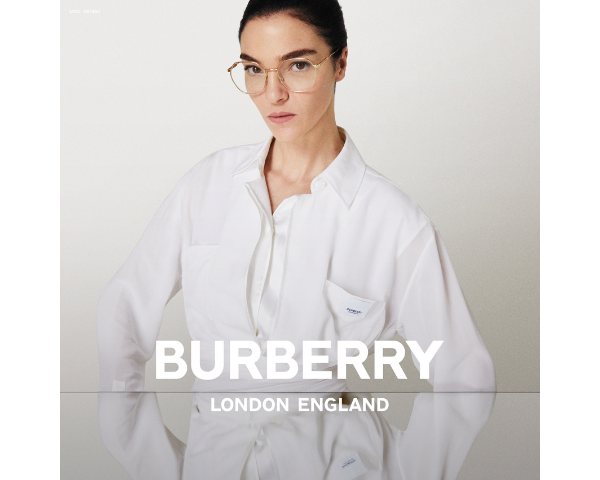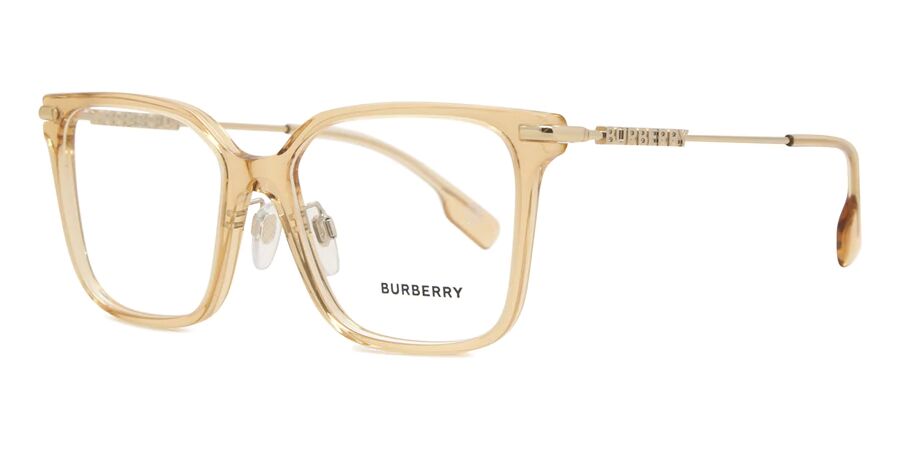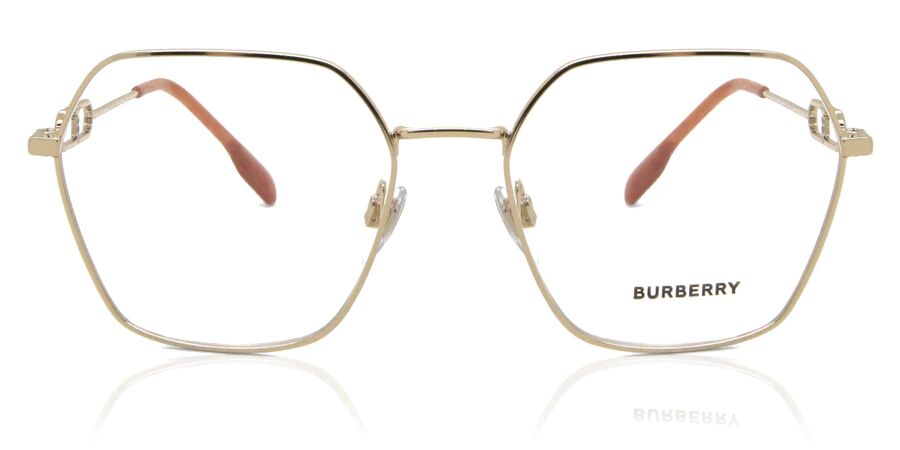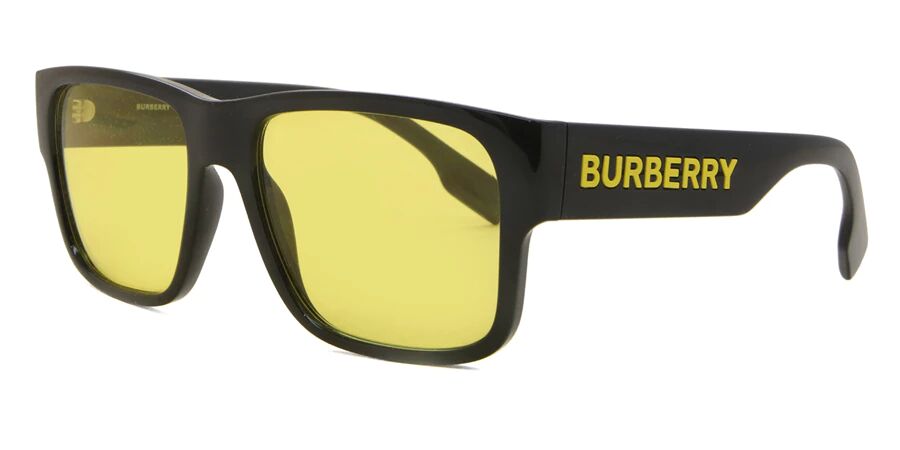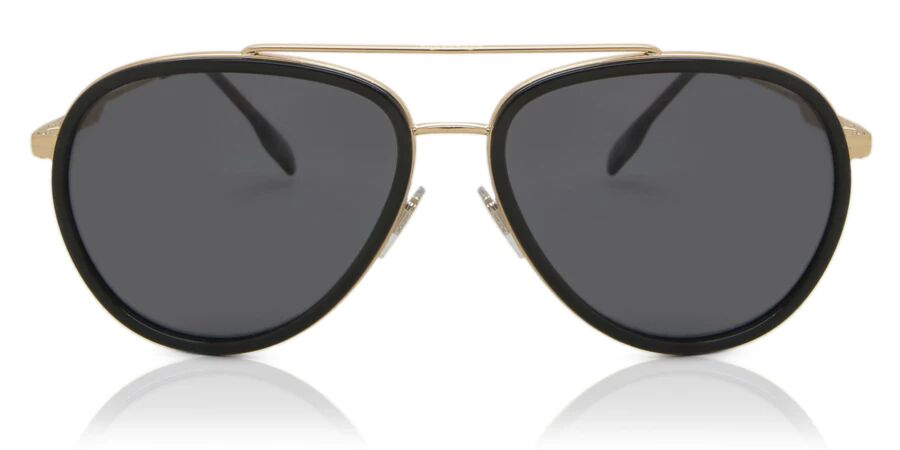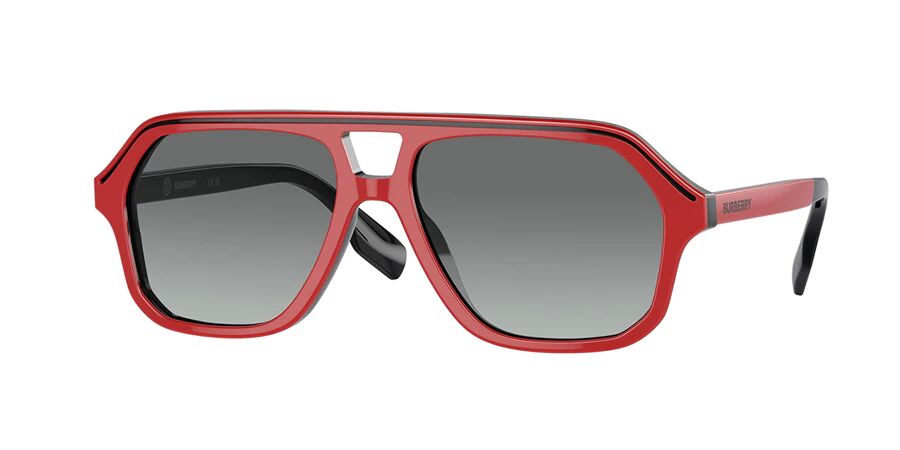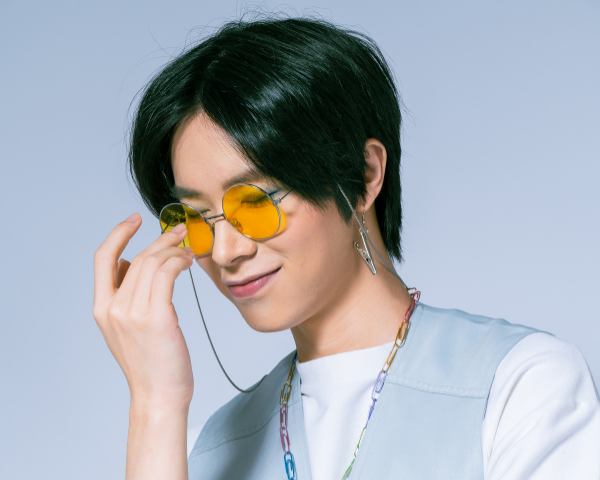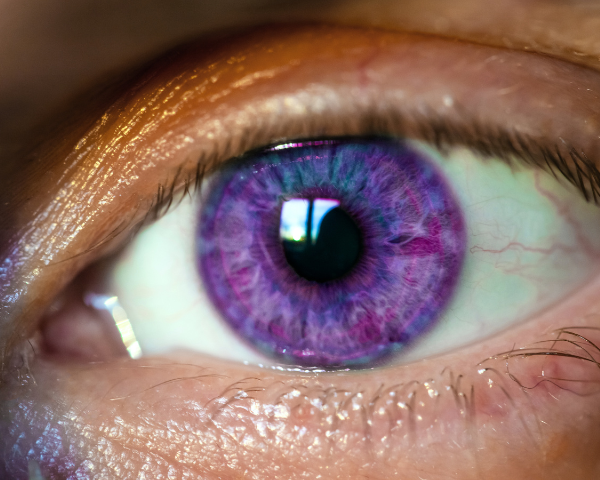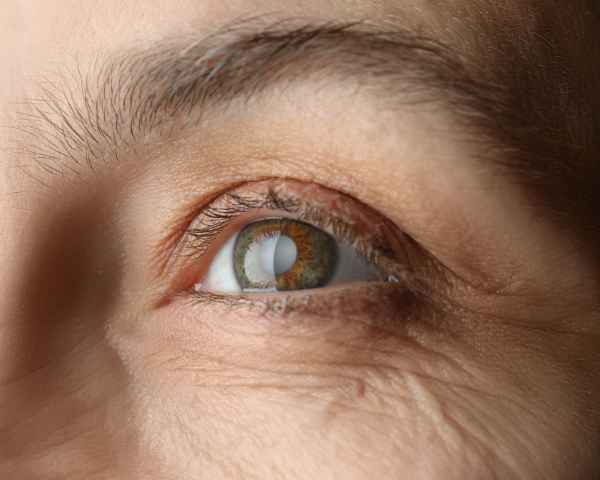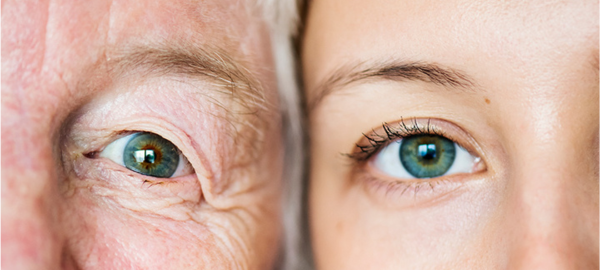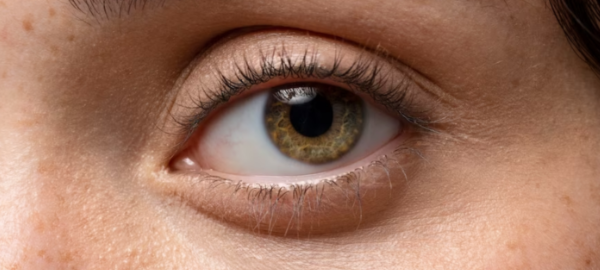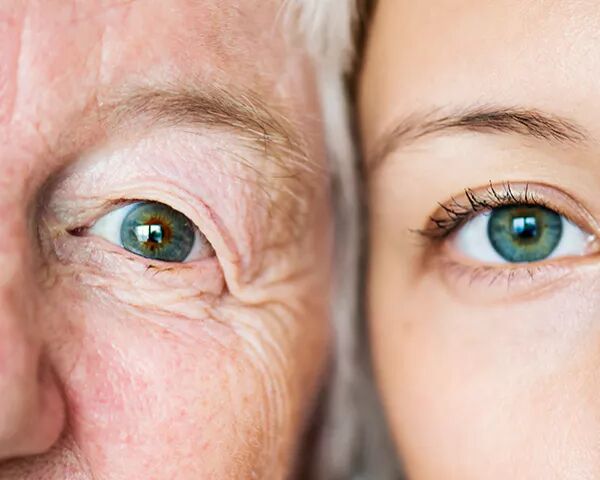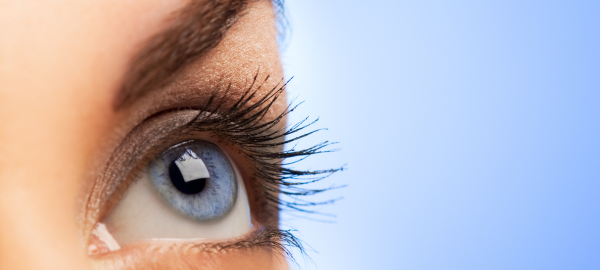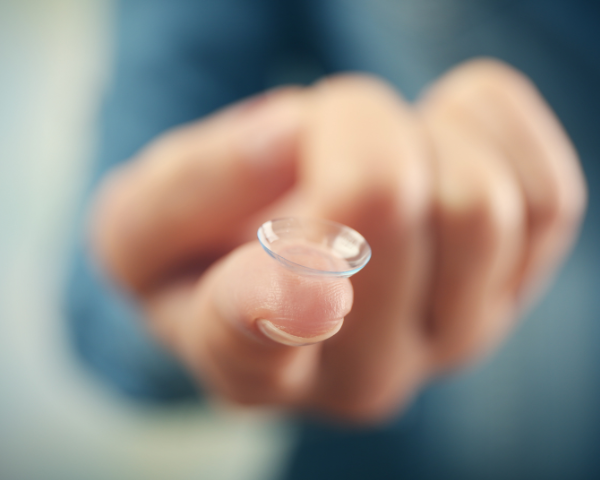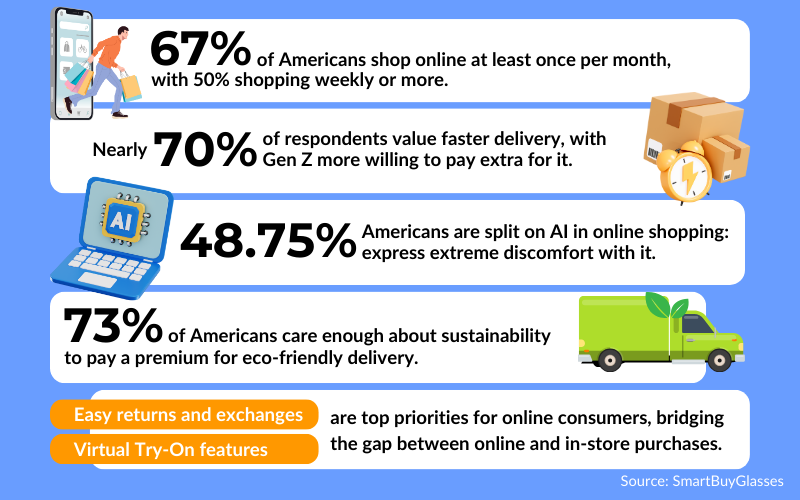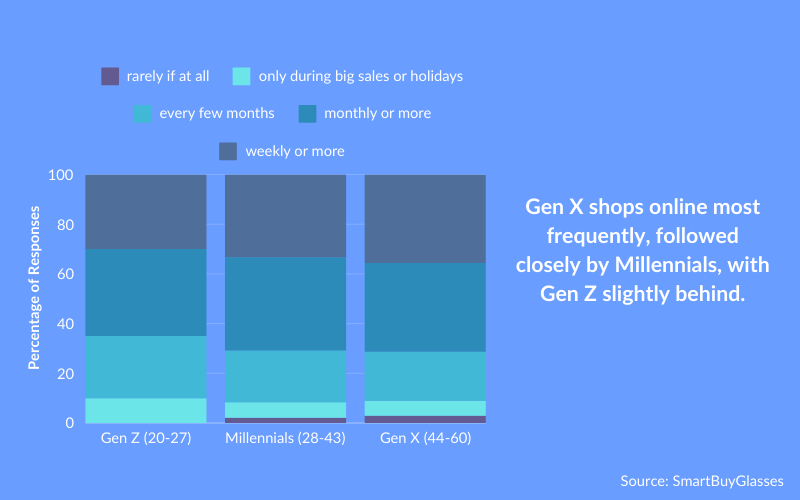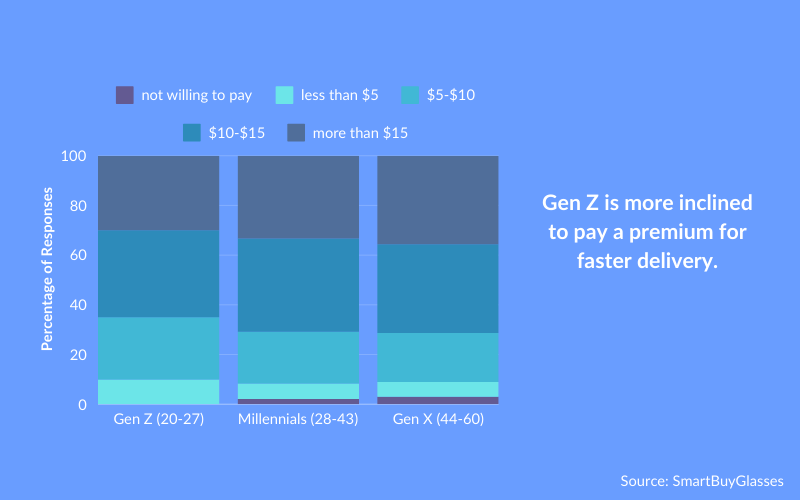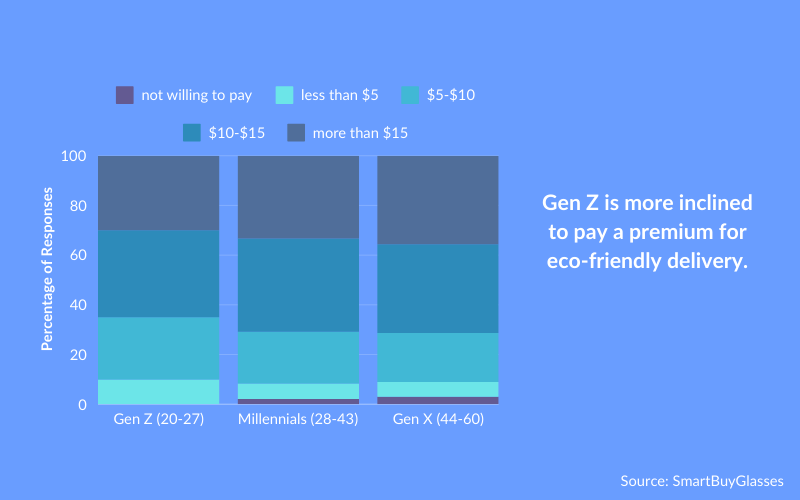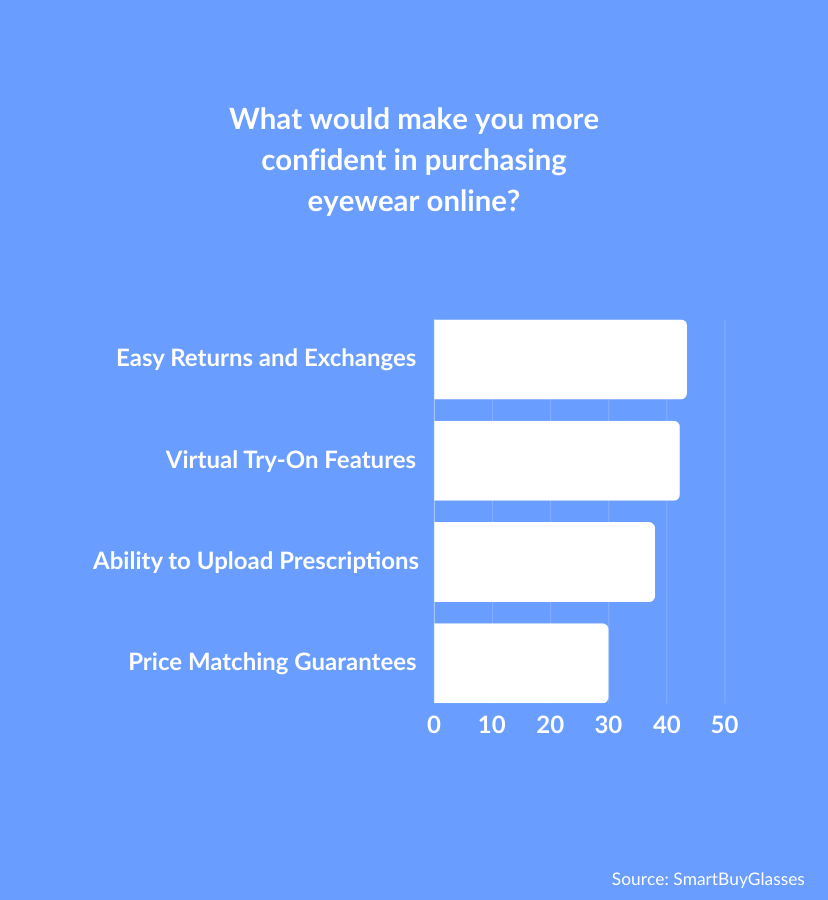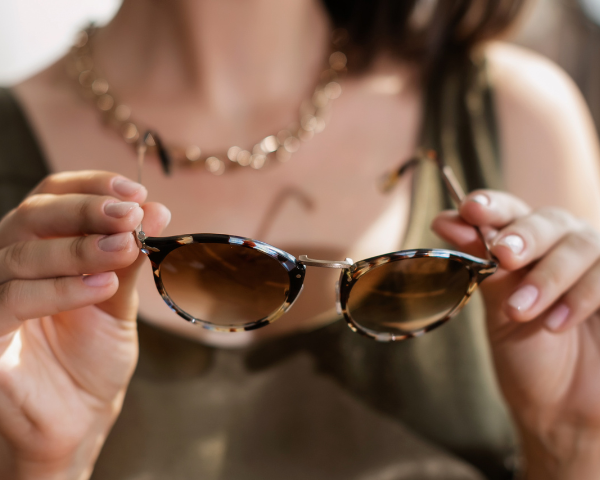The Best Glasses with Bold Animal Prints
By SmartBuyGlasses Editorial Team
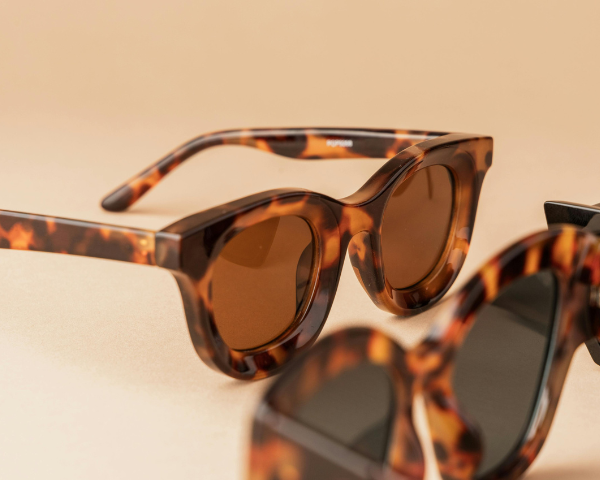
Animal prints are a trend we see time and time again– it’s no surprise 2025 has brought a resurgence of leopard, cheetah, zebra, and tortoiseshell.
You’ll find these prints and patterns on everything, from clothing to bags, homeware, and glasses.
Animal print glasses are the perfect way to accessorise your outfit.
They add a bold statement to even the most minimal looks, ensuring your personality and creativity always shine through– even at the office, where you have to dress a little smarter.
Whether you’re hunting for leopard spots, zebra stripes, snakeskin patterns, or tortoiseshell prints, we’ve got hundreds of eye-catching styles that are sure to keep you on the wild side.
Keep reading to learn more about our favorite prints, and why you should add a pair of printed glasses to your rotation – it’s time to stand out from the crowd.
Animal print in fashion
As you know, animal prints have been a staple in the fashion world for decades. From the runway to high-street stores, there’s always an abundance of animal print designs to choose from.
The origin of the trend is interesting, dating all the way back to ancient times when animal pelts and prints symbolized power and status.
Over the years, thanks to countless designers, animal print can be found pretty much everywhere.
In fashion today, animal print patterns symbolize rebellion and adventure.
Those who choose to wear such prints are not afraid to push the boundaries, and with their popularity on the rise, it’s never been easier to add a little bit of spice to your everyday look.
Styling animal print glasses
One of the reasons animal print eyeglasses are so popular is that they are surprisingly versatile. They come in various styles, colors, and patterns, making them suitable for a wide range of occasions.
Leopard print clothing was trending in 2024, and now leopard print frames are having their moment – with warm tones of brown, tan, and gold, leopard eyeglasses have a classically cool edge.
We personally love oversized, oval and aviator leopard frames (but there are so many styles to choose from).
Another popular print is tortoiseshell, one of the most timeless patterns for glasses and sunglasses.
Inspired by the shells of these majestic, slow reptiles, the brown and yellow speckles are instantly recognizable. You’ll find this print in all kinds of styles, but most commonly on cat-eye and rectangular shades.
Less common but still worthy of note are zebra prints, with striking black and white stripes, and snakeskin patterns – both provide an interesting layer to your everyday look.
Animal print styles to discover
To start your collection off strong, we’ve gathered a few styles we think you might like.

Starting off with our favorite pair, these large tortoiseshell frames are bold yet subtle. They’re perfect if you want to stand out in a crowd and be the most stylish person in the room.
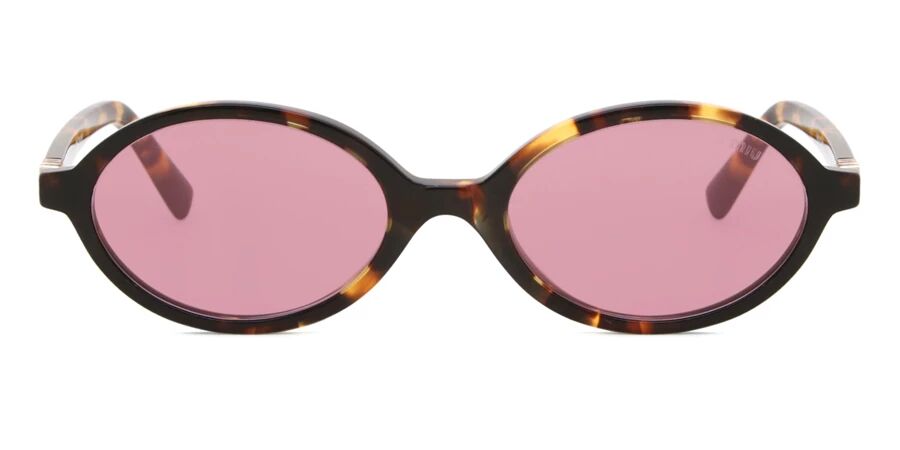
These cat-eye sunglasses have a humble yet unique personality. The pink lenses complement them perfectly and add a little spice to your everyday look.
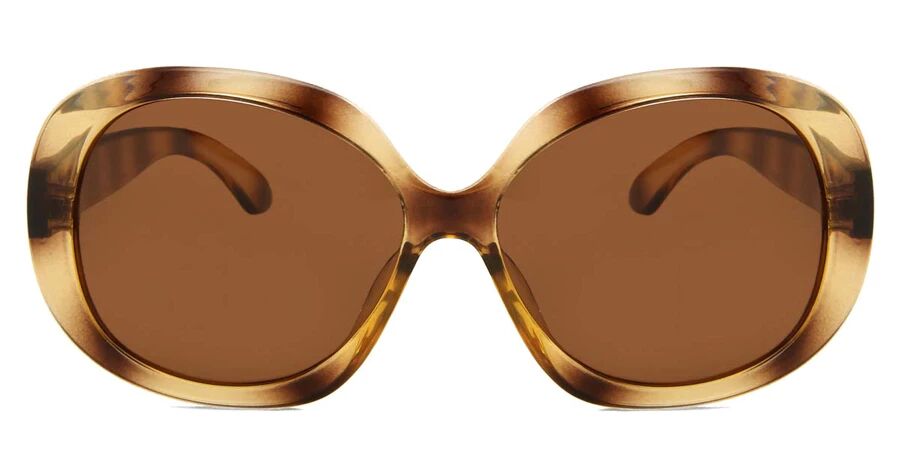
These sleek rectangular frames have a timeless tortoiseshell print– they’re the perfect blend of classic and modern style, making them ideal to add to your collection.
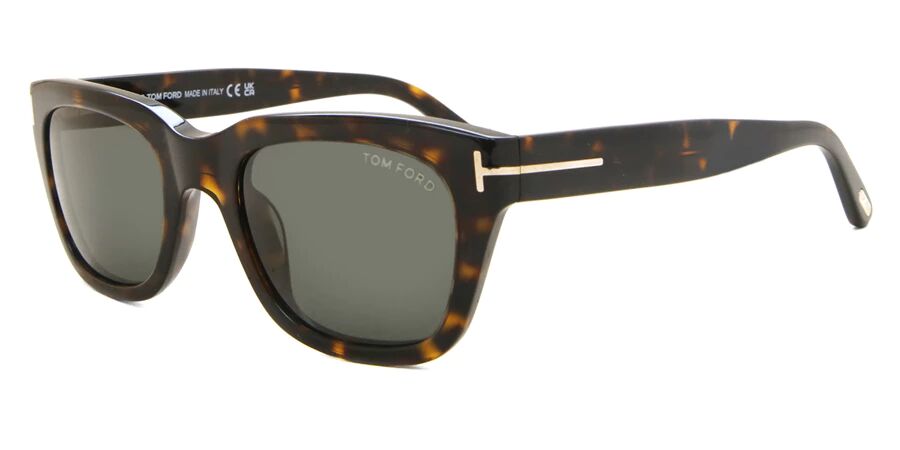
These sunglasses have an oversized square design with a modern tortoiseshell print. Made in bold acetate with subtle branding, they make for a sophisticated style statement that screams luxury.
Make your own statement
For those of you who may not feel entirely comfortable wearing animal print clothing, glasses are a subtle way to incorporate this trend into your wardrobe.
They pair beautifully with a number of outfits – choose a neutral, monochrome look if you want your glasses to be the star.
And if you’re one of the more fashion-forward, you’ll instead want to pair your glasses with even more prints (think stripes, florals, spots or clashing animal patterns).
It’s time to embrace the wild side of eyewear – how will you style yours?
Related articles

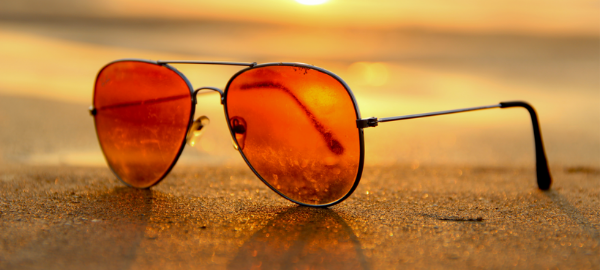

Related articles












































